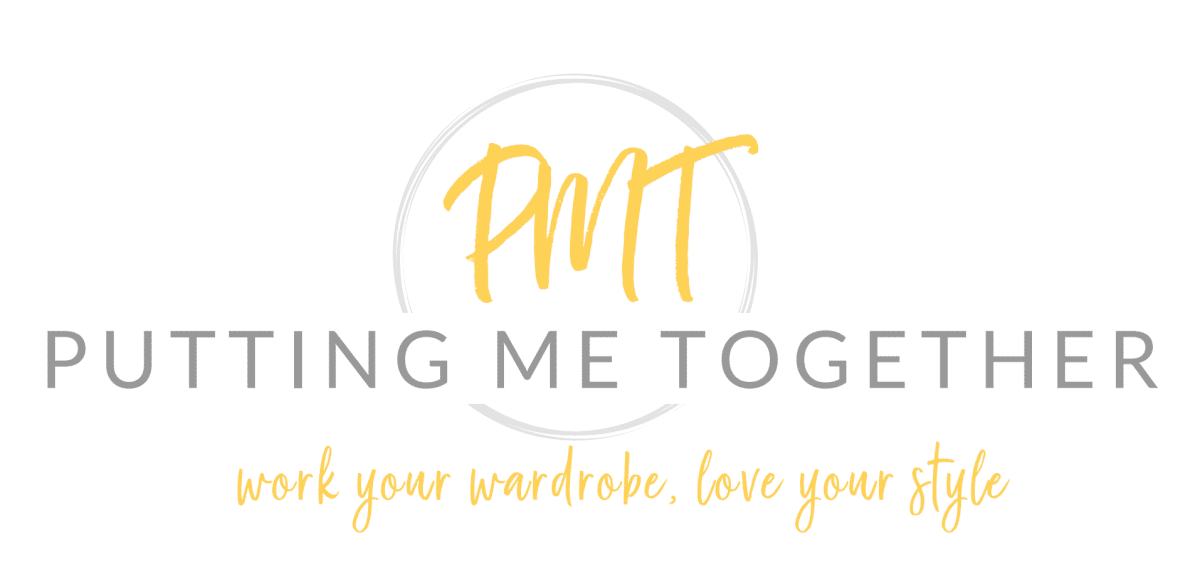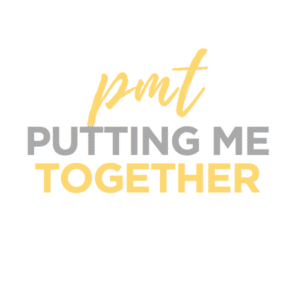To build a Wardrobe From Scratch, click here.
Me, the Uncreative Type
It was tricky to write this post because there’s no clear way to do this. Some of you are very creative and can buy almost any piece and figure out how to work it in later. Since I’m not naturally that creative, I found it helpful to create checklists of basic criteria that help me determine whether a garment will be versatile for me.
And, that’s what I’m showing you today. But first, some guidelines…
#1 – These are not meant to be rigid. The checklists I created were more like training wheels when I first started out remixing. As remixing becomes more natural to me, these lists get used less.
#2 – Don’t get bogged down by specifics. I give lots of examples, and the only reason I give specifics is to jog your mind to help you figure out what kinds of checklists will work for you. Some of the things on my checklist may not work for your wardrobe needs, but keep in mind the broader idea of creating a checklist, esp if you need training wheels.
#3 – Don’t get overwhelmed. I offer “routes” as alternative frameworks you could use to create your own lists, and I throw a lot of info your way to spark ideas for you to create your own checklist. I do not use each “route.” I pick one for each category, so don’t think you have to use them all.
That said, here are my checklists and other ideas for how you can create your own!
My Checklists
General Question
With anything–tops, skirts, pants, dresses–I ask, “Does the color or print work with at least 3 pieces that are already in my closet?” If not, then remixing it will not be very easy, and if you’re on the training wheels track, you need easy.
Tops
When searching for remixable tops, a couple of different routes you can go are by structure or scenario. Structure tests versatility through the ability to change the shape of a top. Scenarios test versatility through the ability to wear it for different occasions.
Route 1: Structure
- casual – skinny jeans
- work – trousers
- dressy – black pencil skirt
UPDATE 7/30/12 – Here’s an updated picture of a remixable top from Daisy Ray Boutique:
It shows how to remix through testing both structure and scenario. The top can be worn (from L to R in pic) casual, casual-dressy, for work, and for a party!
The ability to wear different belts and tights can also make a dress versatile. When remixing this olive dress I’ve mostly done it with accessories like tights, belts, scarves, necklaces, and shoes.
Hopefully you aren’t overwhelmed and made it through alive!
Special tip: To remember these things, you can put the checklist on your phone. I keep them in Evernote. Or you could pin the checklists. I tried to make as many of them as I could into images so you could easily save it for reference.
Remember, the bigger picture is to create a basic, quick checklist you run through. You don’t have to run through every item in your closet–that’s why I just listed one staple per category. You’ll find other possibilities outside of those, but pairing the item with the checklist of staples lets you know if it’s something you can work with or not.
Whew! I’m TIRED now, so I shall be off. Happy weekend, and happy remixing!
For all 5 parts of the Building a Remixable Wardrobe Series, click here.
**If you need help building a wardrobe from scratch, check out the other series Wardrobe From Scratch.










